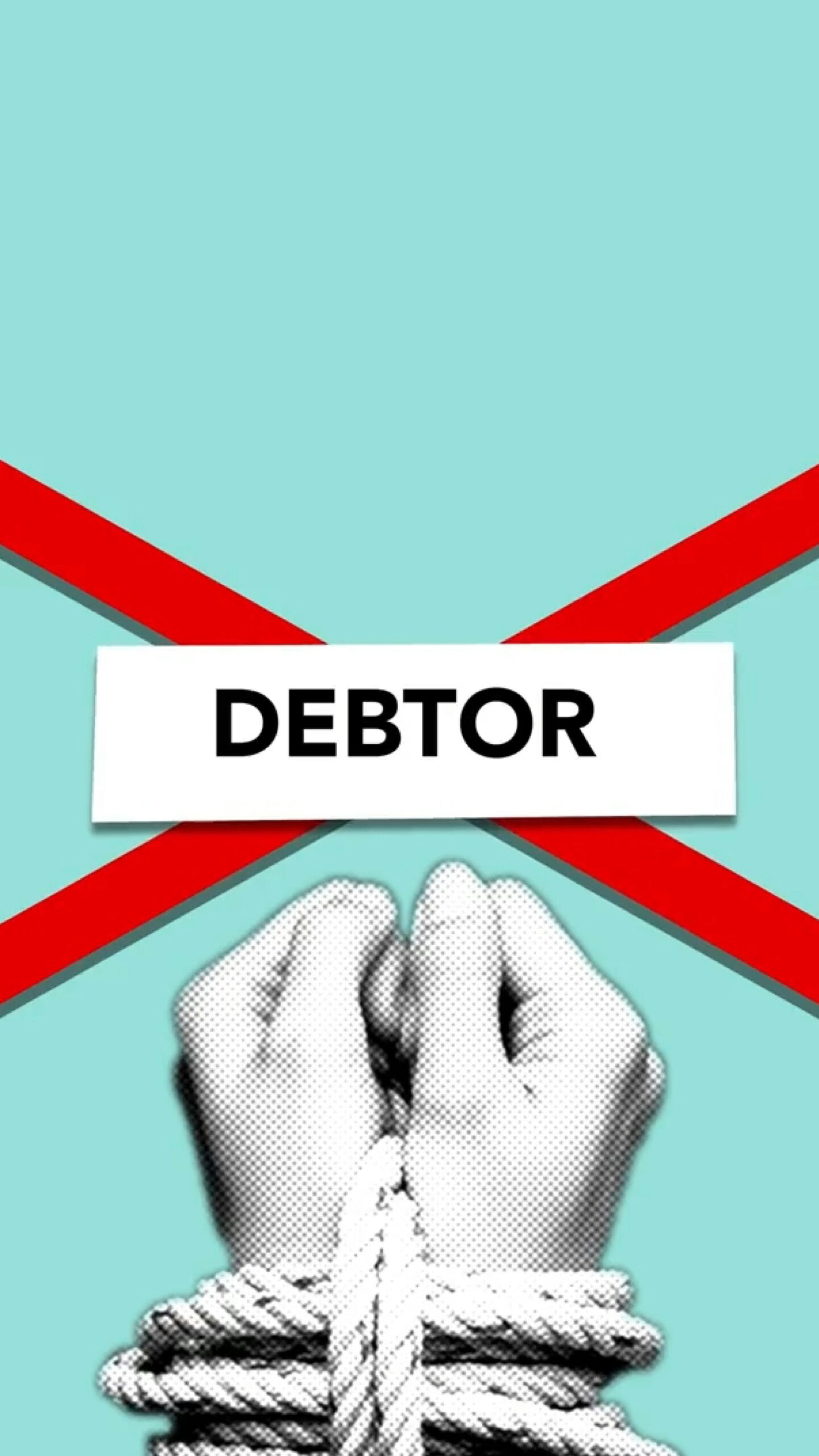Discover effective strategies for student loan debt relief and navigate your path to financial freedom. Learn about government programs, refinancing options, alternative solutions, and tips for managing and reducing your student loan debt. Start your journey to a debt-free future today!
Introduction
Student loan debt is a heavy burden for millions of Americans. With rising tuition costs and the necessity of higher education for many career paths, it’s no surprise that student loans have become a significant financial issue. But what can be done about it? Let’s dive into the world of student loan debt relief and explore the options available to ease this financial strain.

Understanding Student Loan Debt
What is Student Loan Debt?
Student loan debt is money borrowed to pay for educational expenses, which must be repaid with interest. These loans can come from the federal government or private lenders and often require years, even decades, to pay off.
Types of Student Loans
- Federal Student Loans: These are loans provided by the government, typically offering lower interest rates and more flexible repayment options.
- Private Student Loans: These come from private financial institutions and usually have higher interest rates and less flexible repayment terms.
The Impact of Student Loan Debt
Financial Stress and Mental Health
Student loan debt can be a significant source of stress, leading to anxiety, depression, and other mental health issues. The pressure to make monthly payments can affect overall well-being and quality of life.
Effects on Career Choices
Many graduates feel compelled to choose higher-paying jobs over their passions to manage their debt. This can lead to dissatisfaction and burnout in the long term.
Delayed Life Milestones
From buying a home to starting a family, student loan debt often forces people to delay significant life milestones, impacting their personal and financial goals.
Government Programs for Student Loan Debt Relief
Federal Student Loan Forgiveness Programs
Programs like Public Service Loan Forgiveness (PSLF) offer relief for those who work in qualifying public service jobs. After making 120 qualifying payments, the remaining loan balance can be forgiven.
Income-Driven Repayment Plans
These plans adjust monthly payments based on income and family size, often extending the loan term to 20-25 years, after which any remaining balance may be forgiven.
Private Loan Refinancing and Consolidation
Differences Between Refinancing and Consolidation
- Refinancing: Replaces one or more loans with a new loan at a potentially lower interest rate.
- Consolidation: Combines multiple federal loans into a single loan with a fixed interest rate based on the average of the consolidated loans.
Benefits of Private Loan Refinancing
Refinancing can lower interest rates and monthly payments, making debt more manageable. However, it’s crucial to weigh the pros and cons, especially since refinancing federal loans with a private lender means losing federal benefits.
How to Choose the Right Lender
Compare rates, terms, and borrower benefits from various lenders. Look for customer service reviews and consider any additional fees or conditions.
Alternative Ways to Reduce Student Loan Debt
Scholarships and Grants
These are financial aids that don’t require repayment. Apply for as many as possible to reduce the amount needed in loans.
Work-Study Programs
These programs provide part-time jobs for students with financial needs, helping to cover educational expenses while gaining work experience.
Employer Assistance Programs
Some employers offer student loan repayment assistance as a benefit. Check with your employer to see if this is an option.
Steps to Take Before Seeking Student Loan Debt Relief
Assessing Your Financial Situation
Understand your total debt, interest rates, and monthly payments. Create a budget to see where you can cut costs and allocate more towards loan repayment.
Understanding Your Loan Terms
Know the details of your loan agreements, including interest rates, repayment schedules, and any deferment or forbearance options.
Exploring All Available Options
Research all relief options available to you, from federal programs to private refinancing. Consulting a financial advisor can also provide clarity.

How to Apply for Student Loan Debt Relief
Gathering Necessary Documentation
Prepare your financial documents, including income statements, tax returns, and loan information. This will streamline the application process.
Navigating the Application Process
Follow the specific guidelines for each relief program. This often involves completing applications, providing necessary documentation, and staying in communication with your loan servicer.
Common Pitfalls to Avoid
Avoiding scams and understanding the eligibility requirements are crucial. Always double-check information and consult with reputable sources.
The Future of Student Loan Debt Relief
Proposed Legislative Changes
Keep an eye on legislative developments that could impact student loan debt relief. Proposed changes may expand forgiveness programs or adjust repayment plans.
The Role of Advocacy and Activism
Support advocacy groups that push for student loan reform. Collective voices can lead to significant changes in policies and practices.
Success Stories of Student Loan Debt Relief
Real-Life Examples
Stories from those who’ve successfully navigated debt relief can provide inspiration and practical advice. Learn from their experiences and strategies.
Lessons Learned from Others
Understanding what worked for others and what didn’t can help you make more informed decisions about your own debt relief journey.
Common Myths About Student Loan Debt Relief
Debunking Misconceptions
There are many myths about student loan forgiveness, such as believing it’s only for public service workers. In reality, various programs cater to different needs.
Understanding the Realities
Knowing the facts about eligibility, application processes, and the implications of debt relief can help manage expectations and plan effectively.
Tips for Managing Student Loan Debt
Budgeting and Financial Planning
Create a realistic budget that includes your loan payments. Use financial planning tools to track expenses and set financial goals.
Utilizing Financial Literacy Resources
Access resources like workshops, online courses, and financial advisors to improve your financial literacy and manage your debt more effectively.
Staying Informed About Changes in Policy
Regularly check for updates on student loan policies. Being informed can help you take advantage of new programs and opportunities.
The Role of Financial Education in Preventing Student Loan Debt
Importance of Financial Literacy
Financial education can prevent future debt by teaching students and families about budgeting, saving, and the true cost of loans.
Educational Resources for Students and Families
Schools, nonprofits, and online platforms offer valuable resources for improving financial literacy. Encourage participation in these programs.
Long-term Solutions to Student Loan Debt
Structural Changes in Higher Education Funding
Advocate for policies that reduce the need for loans, such as increased funding for public education and more affordable tuition rates.
Investment in Affordable Education Options
Support initiatives that provide affordable or free education, like community colleges and vocational training programs.

Conclusion
Student loan debt is a complex and often overwhelming issue, but relief is possible. By understanding your options and taking proactive steps, you can manage and reduce your debt. Stay informed, seek help when needed, and remember that you’re not alone in this journey.
